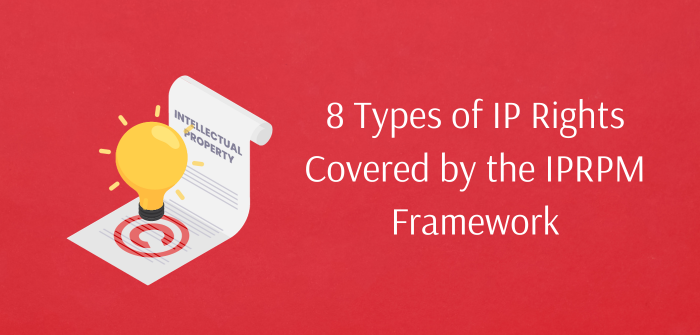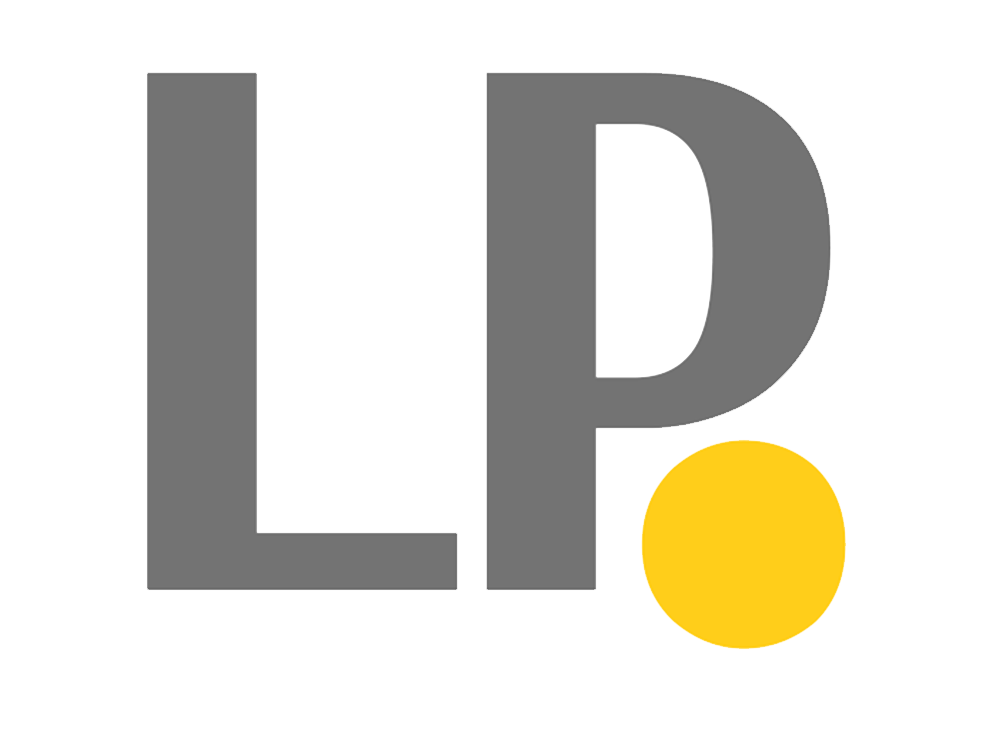
The IPRPM Framework, also known as the Intellectual Property Rights Policy Management Framework is a policy framework implemented in India to effectively manage intellectual property rights (IPRs). It was introduced in 2016 under the name National IPR Policy 2016. It encompasses all eight categories of IPRs that are legally recognized in India. The IPRPM Framework aims to create a conducive environment for innovation and creativity in India, and to promote economic growth and development through the effective protection and management of IPRs. It also seeks to raise awareness of IPRs among the public and to promote a culture of respect for intellectual property.
The 8 types of IP rights covered by the Intellectual Property Rights Policy Management (IPRPM) framework are:
Patents: Patents protect inventions for new products, processes, or methods.
Trademarks: Trademarks protect words, phrases, symbols that are used to identify the source of goods or services.
Copyrights: Copyrights protect original works of authorship, such as books, music, movies, and software.
Industrial Designs: Industrial designs protect the ornamental design of articles such as furniture, clothing, and packaging.
Geographical Indications: Geographical indications protect the names of products that are associated with a particular geographical region, such as Champagne from France and Parmesan cheese from Italy.
Semiconductor Integrated Circuit Layout Designs: Semiconductor integrated circuit layout designs protect the design of semiconductor chips.
Trade Secrets: Trade secrets protect confidential information that gives a business a competitive advantage.
Plant Varieties: Plant varieties protect new varieties of plants.
The IPRPM framework is designed to help businesses and individuals to manage their IP rights effectively. The framework provides guidance on how to identify, protect, and commercialize IP assets.
How can businesses and individuals benefit from the IPRPM framework?
The IPRPM framework can benefit businesses and individuals in a number of ways, including:
Protecting IP Assets: The IPRPM framework can help businesses and individuals to protect their IP assets from infringement. This can be done by registering IP rights and by taking steps to keep confidential information confidential.
Commercializing IP Assets: The IPRPM framework can help businesses and individuals to commercialize their IP assets. This can be done by licensing IP rights to other businesses or by selling IP assets outright.
Encouraging Innovation And Creativity: The IPRPM framework can help to encourage innovation and creativity by providing businesses and individuals with the confidence to invest in new products and services.
Conclusion
The IPRPM framework is an important tool for businesses and individuals that are looking to manage their IP rights effectively. The framework provides guidance on how to identify, protect, and commercialize IP assets. By following the IPRPM framework, businesses and individuals can maximize the value of their IP assets and encourage innovation and creativity.
© 2026 Business Consultant & Law Firm - Legacy Partners. All Rights Reserved.
Designed by Nuewelle Digital Solutions LLP

Legacy Partners
We typically reply in a few minutes